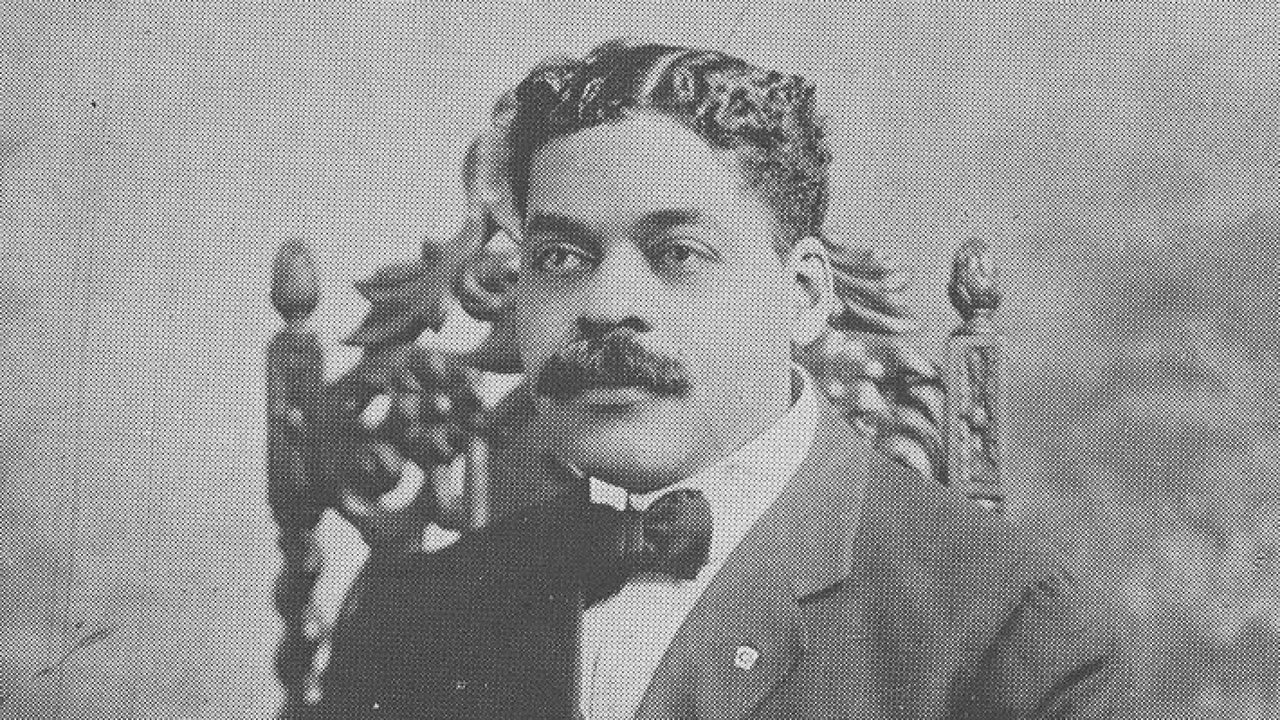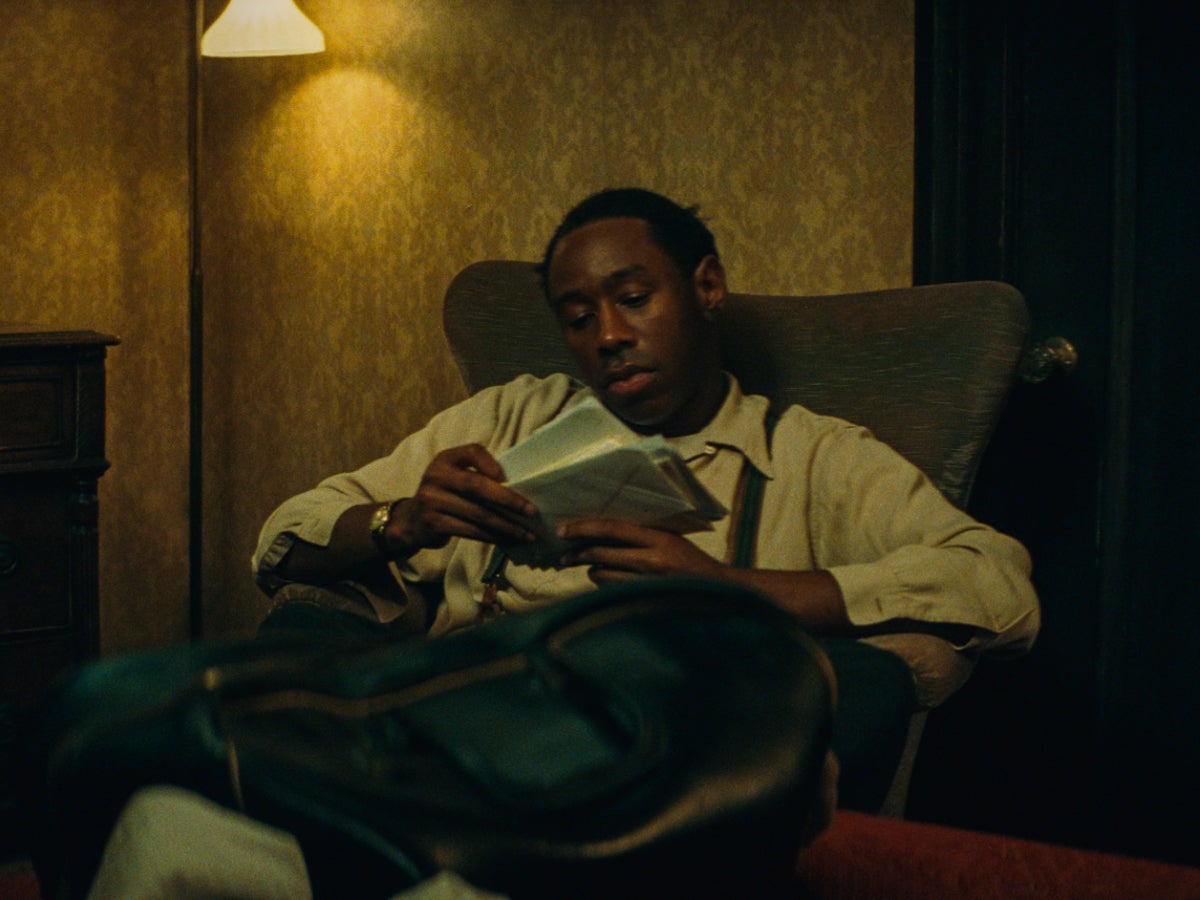It’s Latinx Heritage Month, and in the wake of the right wing’s attempts to erase Black history, ESSENCE wants to make sure that you know about one Afro-Latino who spent most of his life dedicated to preserving our history.
In 1874, future activist, curator, historian and writer Arturo Alfonso Schomburg was born in Puerto Rico, the son of a Puerto Rican merchant father of German descent and an Afro-Caribbean mother who hailed from the Danish West Indies.
Growing up, Schomburg grew up studying in both the Danish Virgin Islands (now the U.S. Virgin Islands) and Puerto Rico, where he spent most of his childhood.
At 17-years-old he immigrated to New York City where he was an active supporter of Puerto Rican and Cuban independence, and even co-founded Las Dos Antillas, a political club. At the same time, Schomburg was continuing to develop his interest in the study of Black history.
As the legend goes, “Schomburg’s interest in the history of the African diaspora stemmed from racism he experienced starting at a young age. He recalled that a grade schoolteacher in San Juan told him that black culture lacked any prominent individuals and noteworthy history,” according to the National Museum of African American History & Culture.
An integral part of the Harlem Renaissance, most scholars today would probably not dispute that Schomburg would be horrified by the current goings on around teaching African American history. In a landmark essay entitled “The Negro Digs Up His Past,” Schomburg famously penned the words “History must restore what slavery took away, for it is the social damage of slavery that the present generations must repair and offset.”
“[W]e find the Negro thinking more collectively, more retrospectively than the rest, and apt out of the very pressure of the present to become the most enthusiastic antiquarian of them all,” Schomburg wrote, continuing “The American Negro…must remake his past in order to make his future.”
In 1925, The Division of Negro Literature, History and Prints – the predecessor to today’s Schomburg Center for Research in Black Culture – made its Harlem debut, thanks largely in part to the contributions and efforts of its namesake. It was initially a special collection that was part of the 135th Street Branch Library, but won international acclaim after Schomburg’s personal collection was added.
One year later, the New York Public Library (NYPL) system utilized Carnegie Foundation funding to acquire Schomburg’s collection in 1926. To date, the Schomburg Center has grown to include more than 10 million artifacts.
Per the NYPL website, it now “functions as the leading national research library in the field of African American and African Diasporic studies, providing free access to its wide-ranging noncirculating collections. The Center also sponsors programs and events that illuminate and illustrate the richness of Black history and culture worldwide.”







